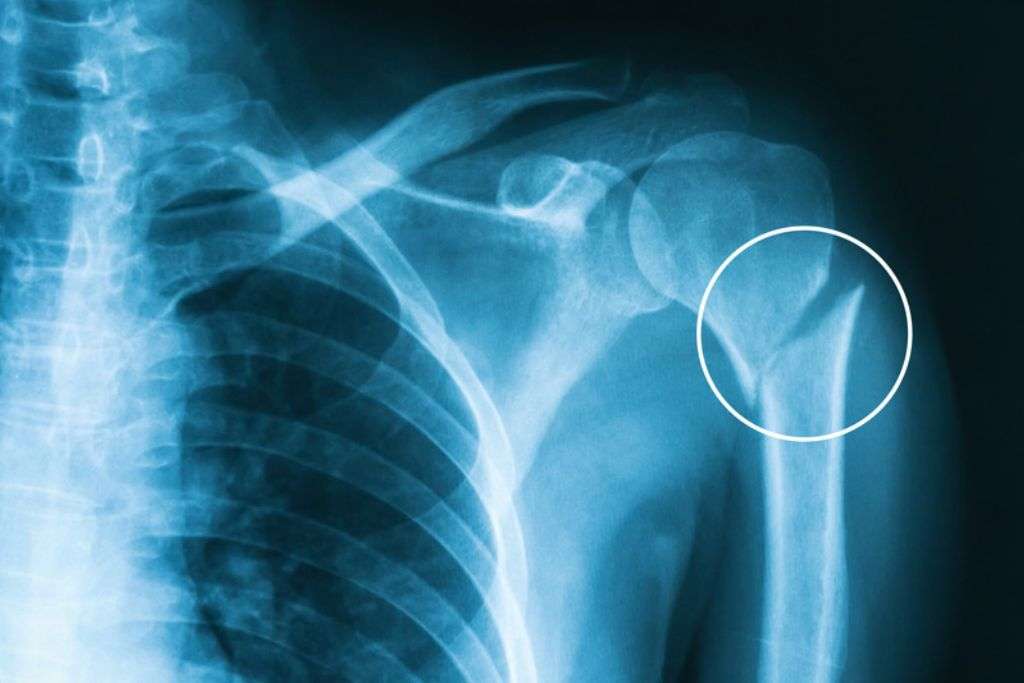
Upper limb fractures refer to breaks or cracks in the bones of the arm, including the humerus (upper arm bone), radius and ulna (forearm bones), and the bones of the hand. These fractures can result from various causes and may vary in severity, requiring different approaches to diagnosis and treatment.
Causes:
- Trauma: The most common cause of upper limb fractures is trauma, often resulting from accidents, falls, or direct impact.
- Sports Injuries: Activities such as contact sports or high-impact sports can lead to fractures, especially if there is a fall or collision.
- Osteoporosis: Weakening of the bones due to conditions like osteoporosis can make them more prone to fractures, even with minor trauma.
- Overuse: Repetitive stress on the upper limb, common in certain occupational activities or sports, can lead to stress fractures over time.
- Pathological Conditions: Diseases that affect bone health, such as tumors or infections, may contribute to the risk of fractures.
Symptoms:
- Pain: Pain is a primary symptom of an upper limb fracture. The intensity of pain can vary depending on the severity of the fracture.
- Swelling: Swelling around the injured area is common and may be accompanied by bruising.
- Deformity: In some cases, the affected limb may appear deformed or out of its normal alignment.
- Limited Range of Motion: A fracture can restrict the normal range of motion in the affected limb.
- Tenderness: The area around the fracture site is often tender to the touch.
- Inability to Use the Limb: Severe fractures may result in the inability to use the affected limb.
Diagnosis:
- Clinical Evaluation: A thorough examination by a healthcare professional involves assessing symptoms, examining the injured area, and checking for deformities.
- Imaging Studies: X-rays are commonly used to confirm the presence of a fracture and determine its type and severity. Additional imaging such as CT scans or MRI may be employed for more complex fractures.
Treatment:
Non-Surgical Options:
- Casting and Splinting: Simple fractures may be treated with casting or splinting to immobilize the limb and allow for natural healing.
- Medication: Pain relievers and anti-inflammatory medications may be prescribed to manage pain and reduce swelling.
- Casting and Splinting: Simple fractures may be treated with casting or splinting to immobilize the limb and allow for natural healing.
Surgical Interventions:
- Internal Fixation: Severe fractures may require surgical intervention, including the use of screws, plates, or rods to stabilize the bones.
- External Fixation: In certain cases, external devices like pins and screws outside the body may be used to hold the bones in place.
- Internal Fixation: Severe fractures may require surgical intervention, including the use of screws, plates, or rods to stabilize the bones.
Rehabilitation:
- Physical therapy plays a crucial role in the recovery process, helping restore strength, flexibility, and function.
- Gradual and guided exercises are prescribed to prevent stiffness and enhance healing.
- Physical therapy plays a crucial role in the recovery process, helping restore strength, flexibility, and function.
Prevention:
- Safety Measures: Practicing safety measures, such as using protective gear during sports, can help prevent fractures.
- Bone Health: Maintaining good bone health through a balanced diet rich in calcium and vitamin D, and regular weight-bearing exercises, can reduce the risk of fractures.

